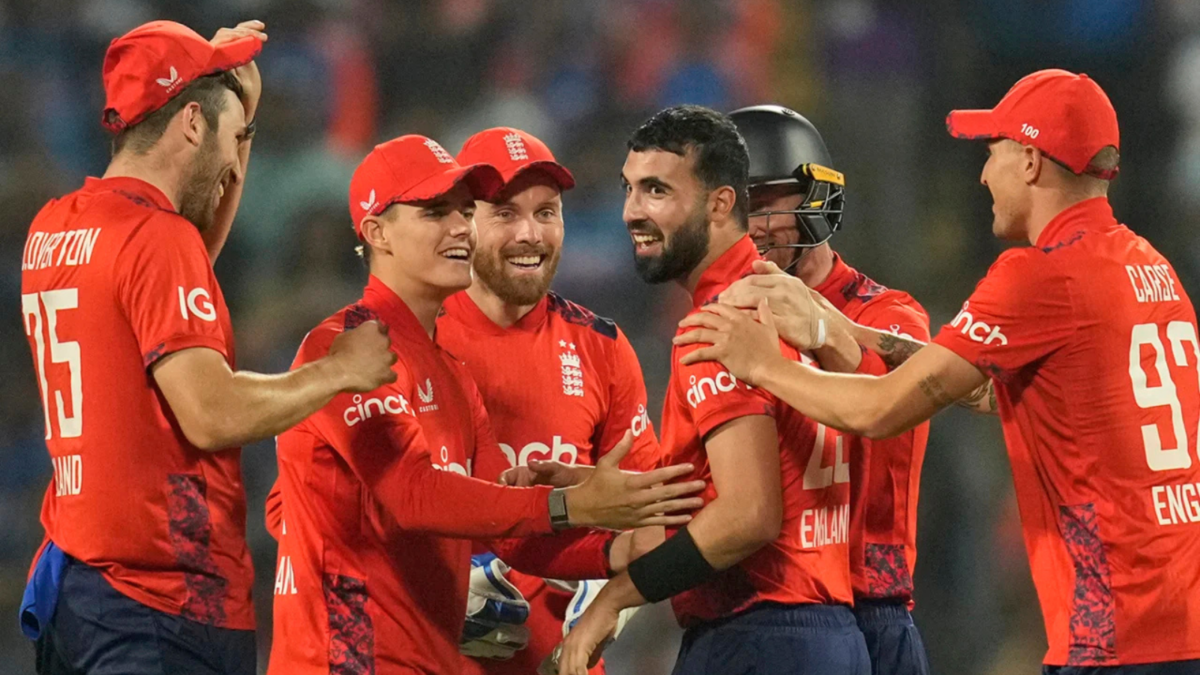
Including the Bazball approach, England have been too extreme with everything they have done

When England came on the Indian shores before the T20I series, they had high expectations, and rightly so. They had just appointed Brendon McCullum as their new white-ball coach, bringing the ‘Bazball’ to the limited-over formats and making significant changes in personnel and strategy. However, none of that worked against a strong India outfit, who showed how to play real attacking cricket with both bat and ball.
Consequently, England could only win one game in the series and were badly defeated in a few matches. It’s not that England doesn’t have solid players to ace this format again, but they have been too extreme with everything they have done. Unfortunately, that has never worked for any team in any format.
We look at the changes they should make to regain their beast mode in the T20I format.
Ben Duckett is naturally an opener, but he should bat at No.3 for England in T20Is. Buttler has a fabulous record as an opener and has changed his method a bit – he goes hard from the first ball rather than taking some time. So, his attacking approach will be more suitable in the powerplay, where his shots will get more value.
Meanwhile, Ben Duckett is a solid spin player and will be more suited at No.3, where he will face more slow bowlers. England lost 29 wickets at 14.20 runs apiece vs spin in the five-match T20I series, which shows how desperately they need a skilled No.3. Being an LHB, Duckett will also bring variety to the batting unit in the middle.
Also Read:
England have decided to use Liam Livingstone at No.5, his best-suited position. This forced Jacob Bethell to bat at No.6, which may not work for England. Bethell is a good player of spin and should bat higher in the order, but the team already has Duckett and Harry Brook for that role.
So, England must bring in Jamie Smith, who is more suitable for No.6 and looked good in patches in the series. Smith can take on pacers at will and has more exposure batting in the lower middle order. Hence, England should bring him in and give a long rope below Livingstone.
England adopted an interesting method in the powerplay, bowling outright pace with Jofra Archer and Mark Wood. They kept banging shorter lengths and got success in patches. However, they became too predictable early in the series, and Indian batters exploited it brilliantly.
The difference was visible when Saqib Mahmood came and brought some variety, resulting in early wickets. That’s where England needs to adjust their lengths and prevent hitting the deck hard right from the start, for it takes away the utility of the new ball. There’s always some new-ball movement available, and the pacers should pull their lengths back only if they don’t find any deviation or swing early on.
England had two spin options in this series – Adil Rashid, the wicket-taker, and Liam Livingstone, a defensive spinner. Further, they played an extra pacer or all-rounder in Gus Atkinson or Brydon Carse, along with Jamie Overton. That’s too many overs of pace, given they are preparing for the next T20 World Cup.
England can look to bring in an additional wrist-spinner who can provide wickets consistently and ease the workload on Adil Rashid. Livingstone is not exactly a wicket-taker and is highly prone on nice batting decks, as visible in this series. It’s fine to have four pace bowlers if the deck suits speedsters. But, they were not flexible in this series, proving costly for the side.
For more updates, follow CricXtasy on Facebook, Instagram, Twitter, Telegram, and YouTube.